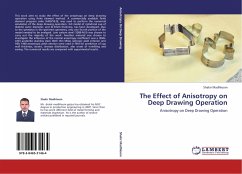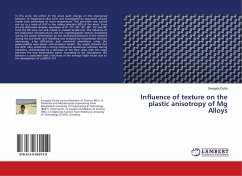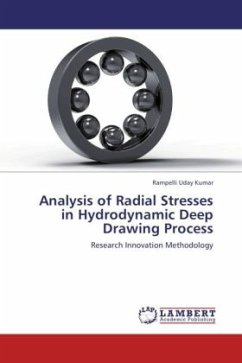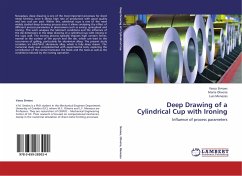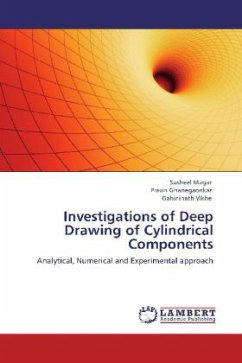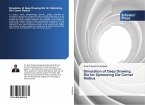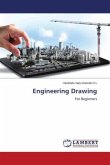This work aims to study the effect of the anisotropy on deep drawing operation using finite element method. A commercially available finite element program code (ANSYS9.0), was used to perform the numerical simulation of the deep drawing operation. 3-D model of cylindrical cup of (44mm) outer diameter, and (0.5mm) thickness, has been developed. Due to the symmetry in the specimen geometry, only one fourth portion of the model needed to be analyzed. Low carbon steel (1008-AISI) was chosen to carry out the majority of the work. Another material was chosen to investigate the influence of the normal anisotropy coefficient was a (304L-AISI) austenitic stainless steel. Both Von Mises isotropic yield criterion and Hill's 1948 anisotropic yield criterion were used in FEM for prediction of cup wall thickness, strains, stresses distribution, also onset of wrinkling and earing. The numerical results are compared with experimental results.
Bitte wählen Sie Ihr Anliegen aus.
Rechnungen
Retourenschein anfordern
Bestellstatus
Storno

